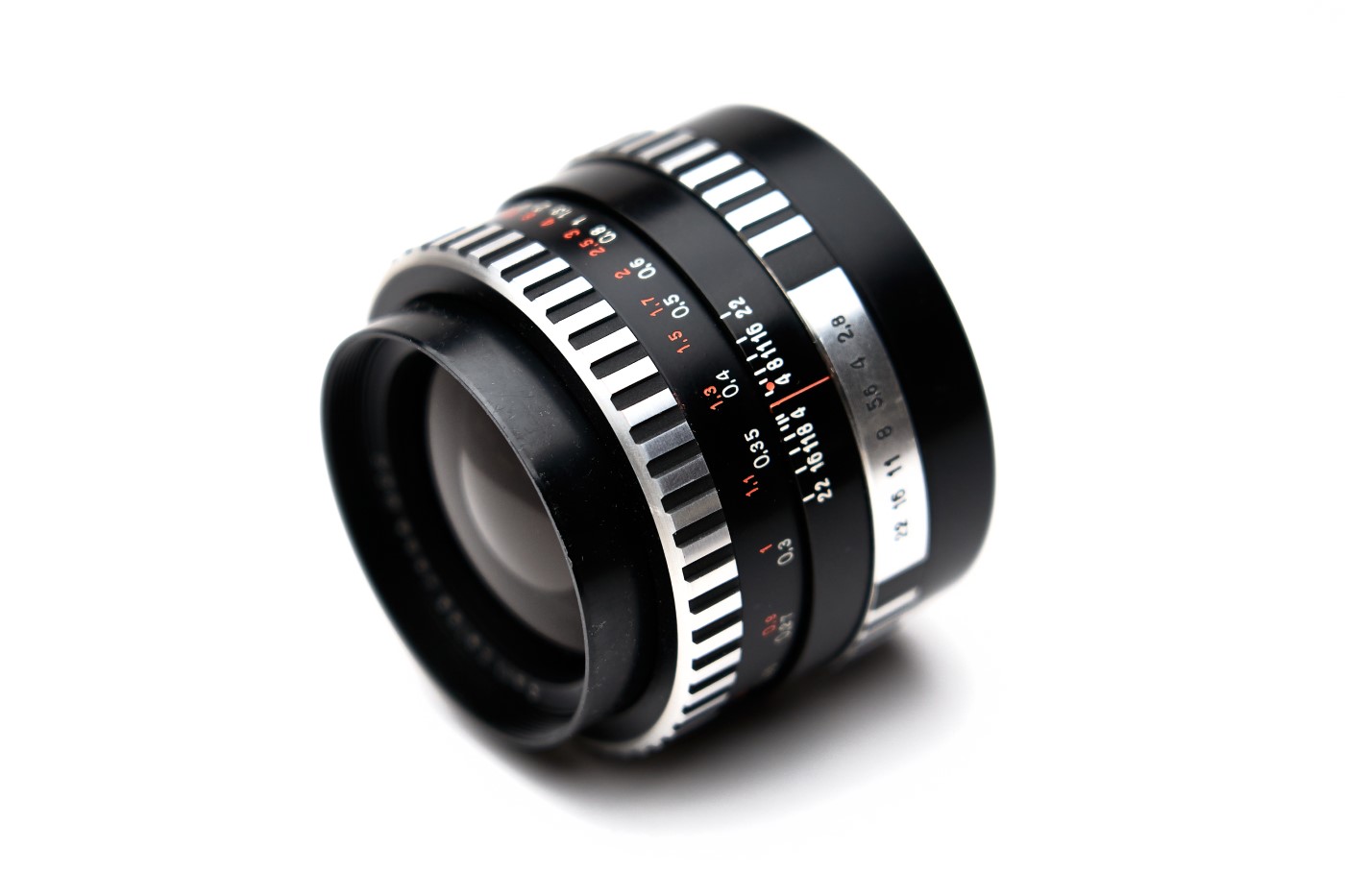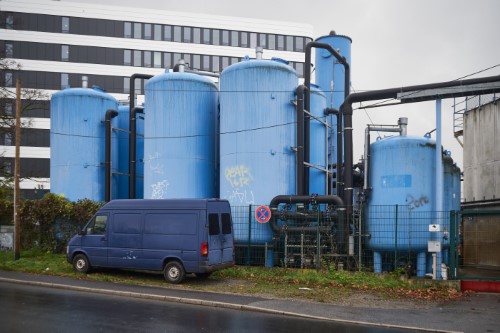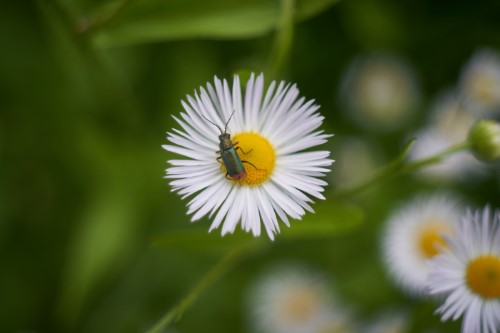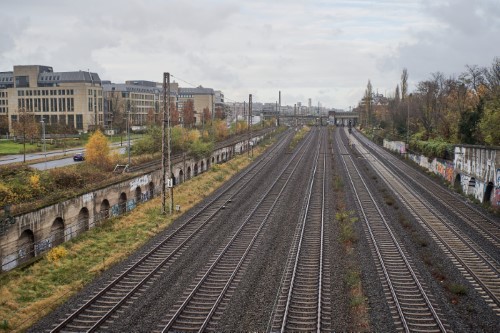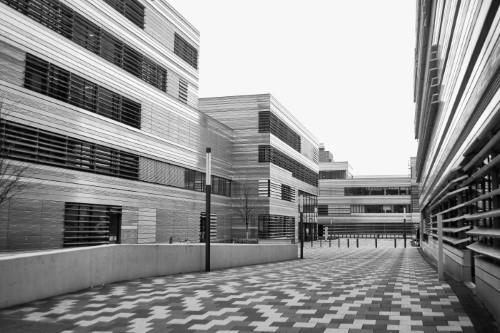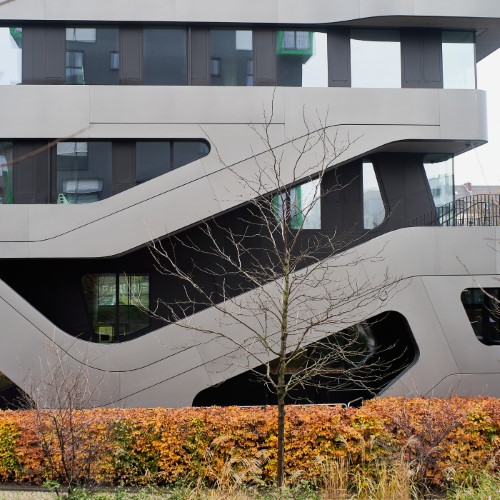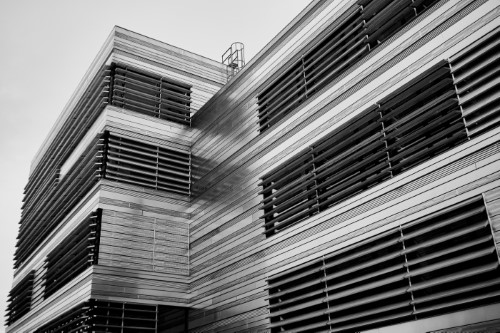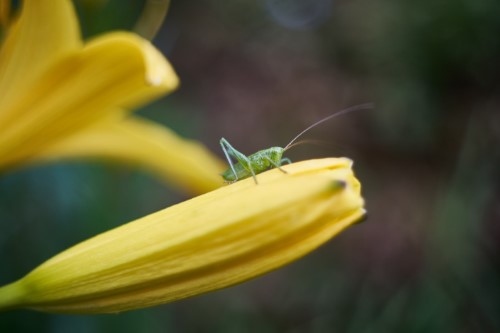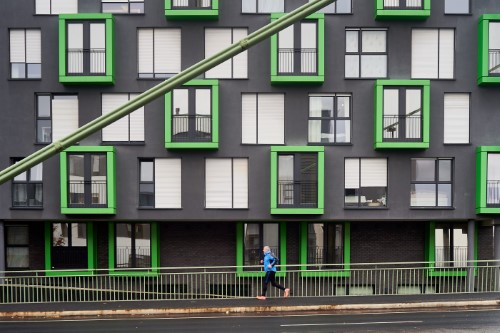Zeiss Jena Flektogon 2.8/35 (M42-Mount)
Sample Images - Zeiss Jena Flektogon 2.8/35 (M42-Mount)
The Flektogon was built in various versions by Carl Zeiss Jena from 1953 to 1985. The first calculation of the retrofocus lens even dates back to 1949, although there were several recalculations later.
The variant presented here is the version built approximately from 1965 to 1975 and is often called the "Zebra" version because of its external appearance. The Flektogon was produced with different bayonets. The lens used for the sample images has an M42 mount. An outstanding feature of the Zebra version is the very low closest focusing distance of only 18 cm (measured to the image plane!), which makes the lens very universally applicable.
The Flektogon is unsuitable for pixel peepers. It is much less sharp than the 35 mm 2.8 lenses from Minolta and Zeiss Oberkochen (i.e. Zeiss West Germany), especially in the corners. However, this does not bother me. The feel of the Flektogon can't even begin to compete with the other lenses mentioned.
Nevertheless, the Flektogon has a legendary reputation among photographers worldwide, and I enjoy using the lens as well. Why is that? It is a so-called "character" lens. This phrase describes nothing other than that it is a lens with unmistakable flaws in imaging performance. In the best case, however, this makes it stand out pleasantly from the perfect lenses of our time, and this alone makes it interesting for many photographers who are looking for a special image look.
The Flektogon was calculated at times when almost exclusively black and white films were used. B&W shots with the Flektogon also look very good, but without justifying a special image look. Lack of sharpness in the corners and noticeable vignetting at open aperture are not enough for that.
The legendary reputation of the Flektogon comes from my point of view only from color photographs. Here (but by far not always!) a special image look can be recognized. In my opinion, the look results from a relatively flat color contrast gradient. So the color images have a low contrast compared to modern lenses.
When developing to B&W, the lower contrast is very easy to fix in image processing. For color, leave the color contrast as flat as it comes out of the camera to keep that special "flek" look.
Camera: Sony A7 III (24 Megapixel)
